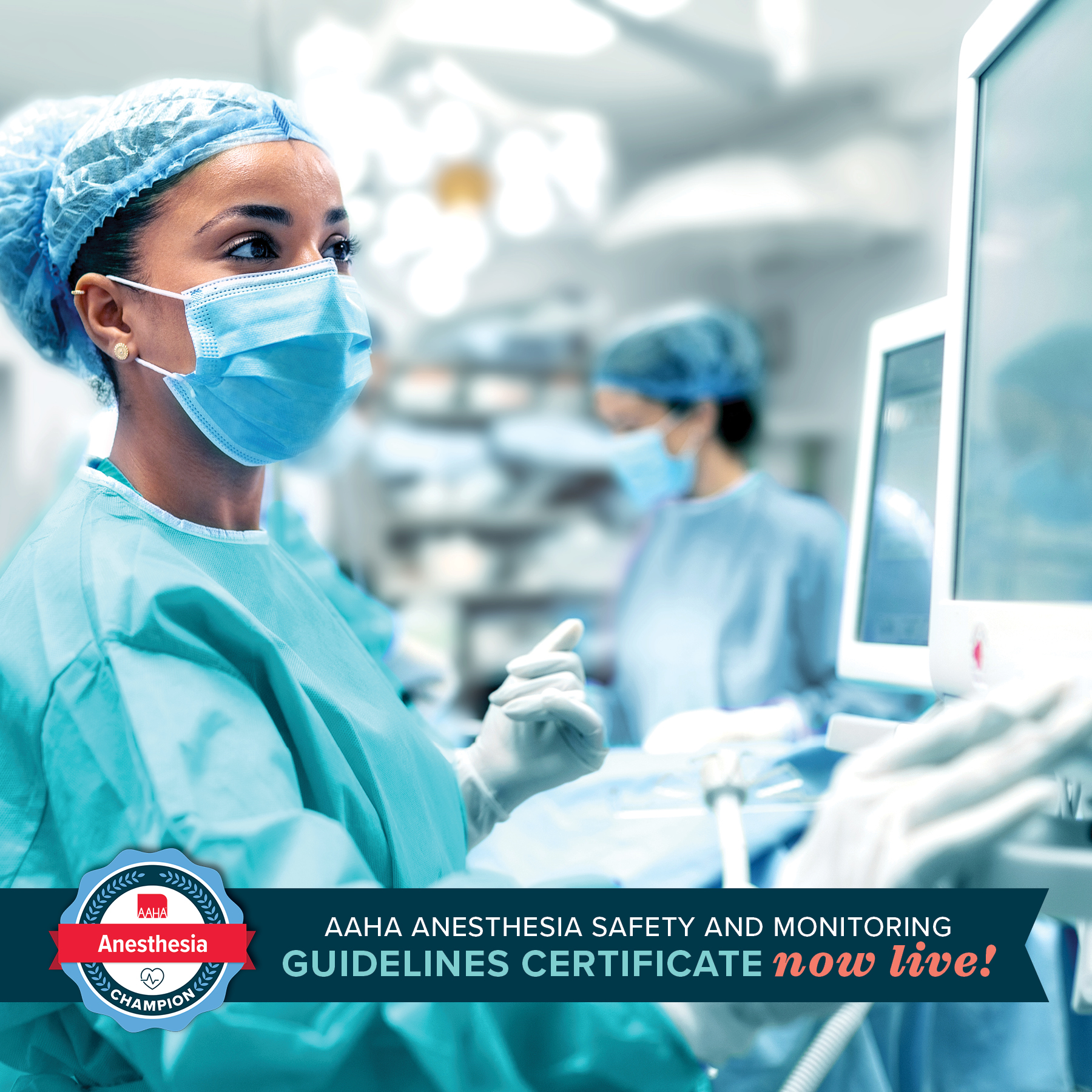Explaining the role of anesthesia
The client should be told that their pet needs a comprehensive, anesthetized oral exam and dental radiographs in order to perform a preventive cleaning or dental-periodontal therapy. It is also vital that the client understands the distinction between awake and anesthetized dental procedures. When the veterinarian explains that an awake patient must be anesthetized for a proper exam and therapy, clients understand the central role of anesthesia in oral healthcare. This often leads to a discussion of the client’s concerns about anesthesia, a common reason given by pet owners who decline oral care. Clients and, sadly, practitioners are often susceptible to unsupported myths about unreasonable risks of general anesthesia.
It is helpful to manage client expectations on the need for general anesthesia early in a patient’s life or at the outset of an oral health visit. Sample dialog might consist of “Your pet will need an anesthetized oral exam, dental radiographs, and cleaning between 1 and 2 yr of age, even if no abnormalities are seen on the awake exam.34,35 After that, a periodic anesthetized oral exam, treatment, cleaning, and prevention should be given throughout her lifetime. We will develop a prevention plan that will work for you and your pet.”
Click here to learn more about sharing facts with pet owners about anesthesia and dentistry.







